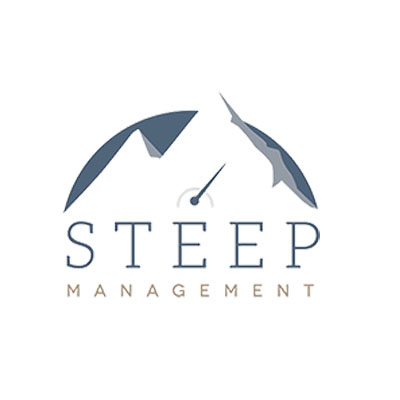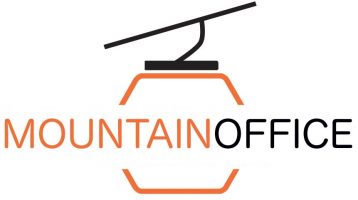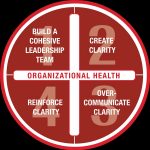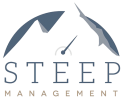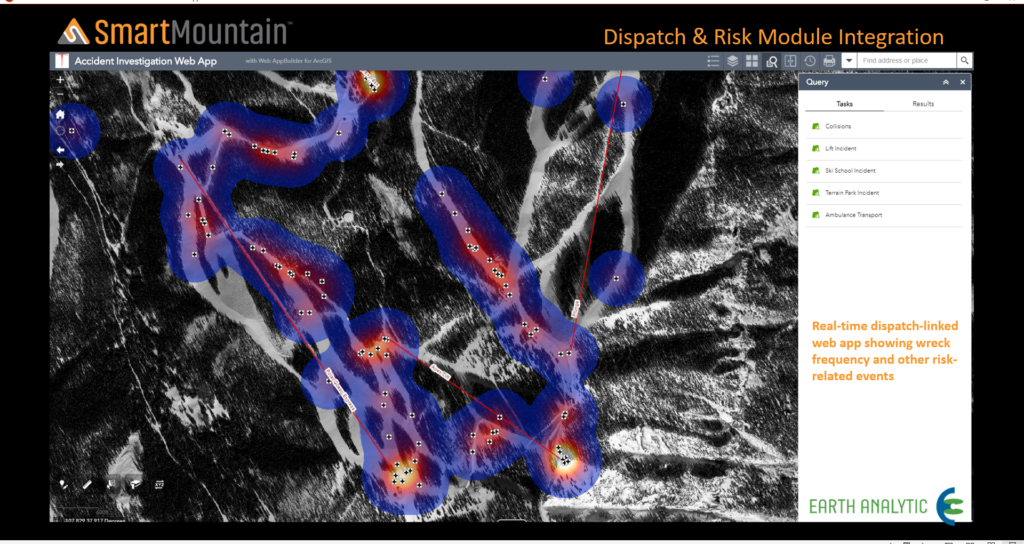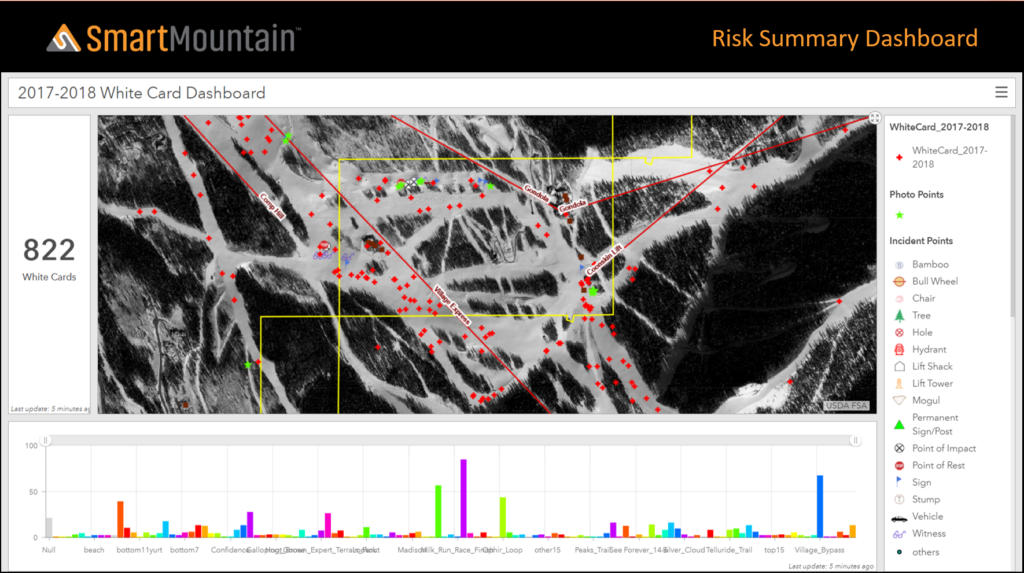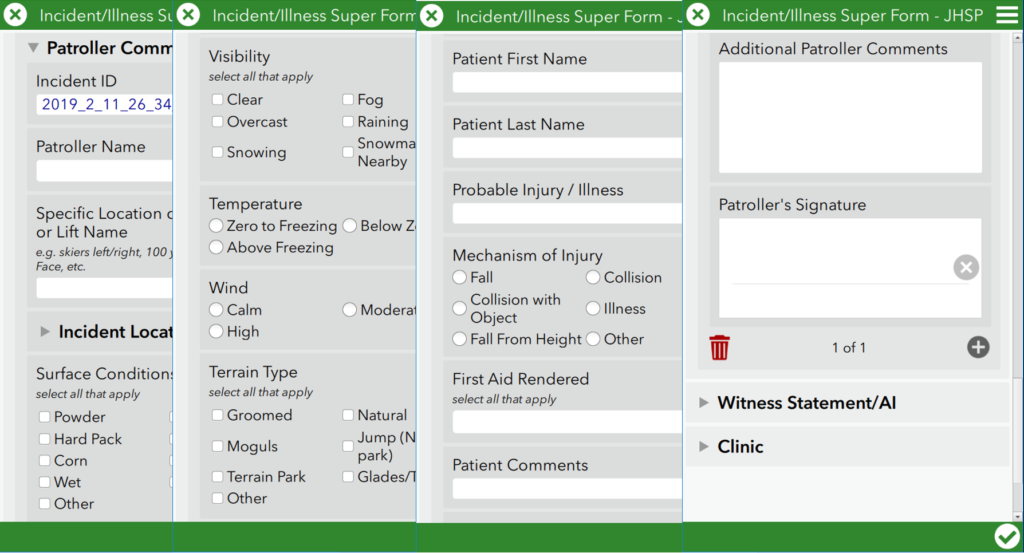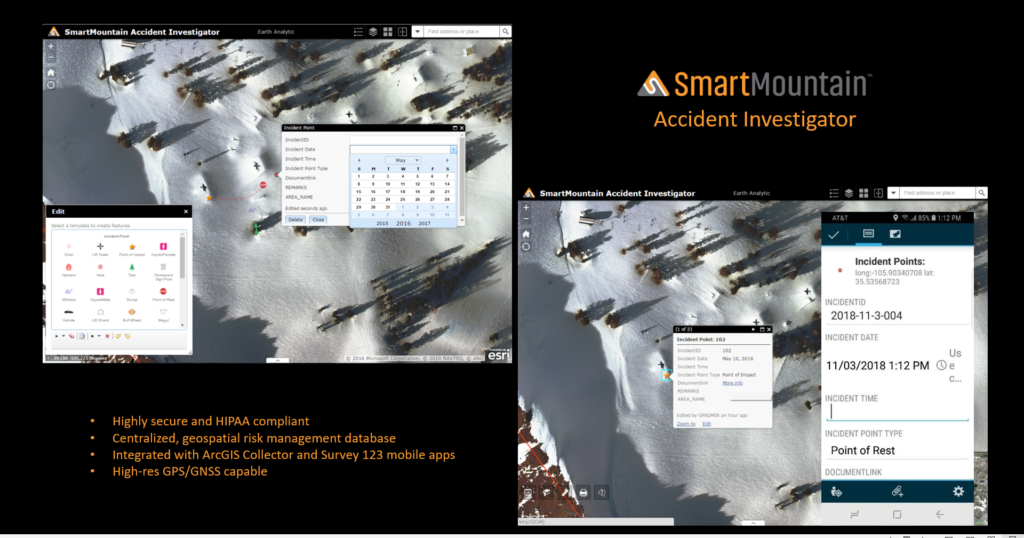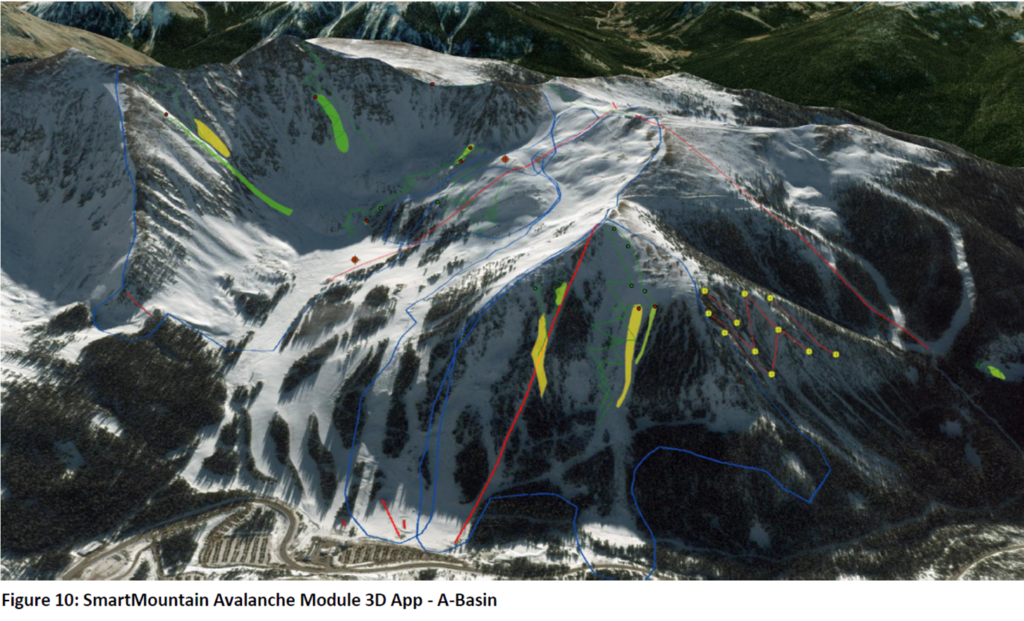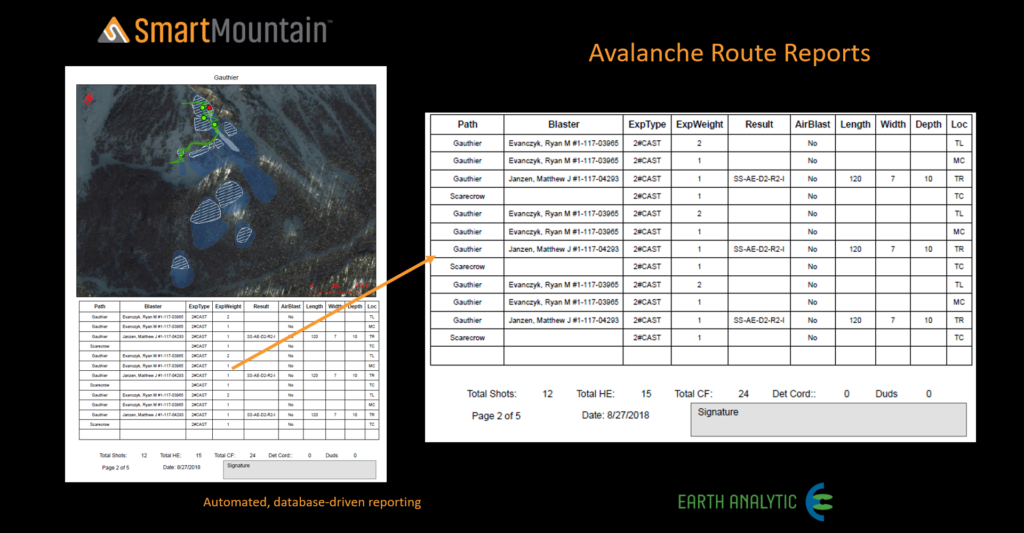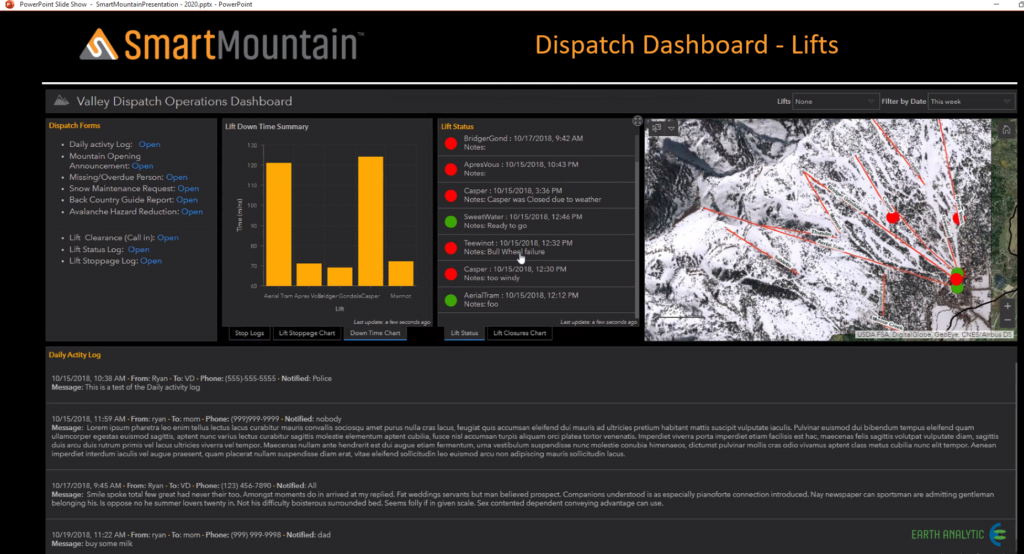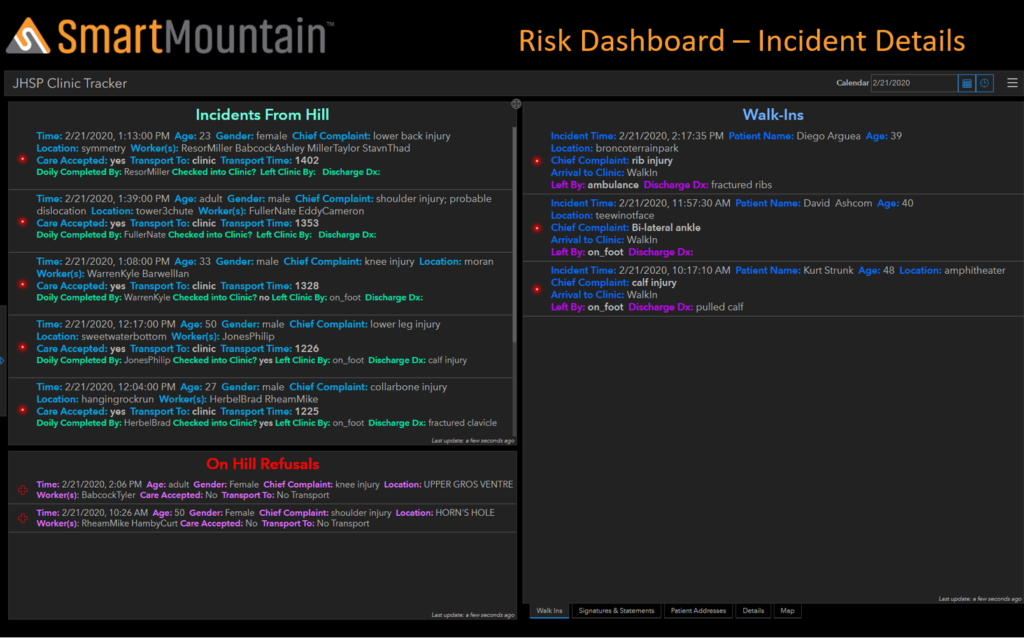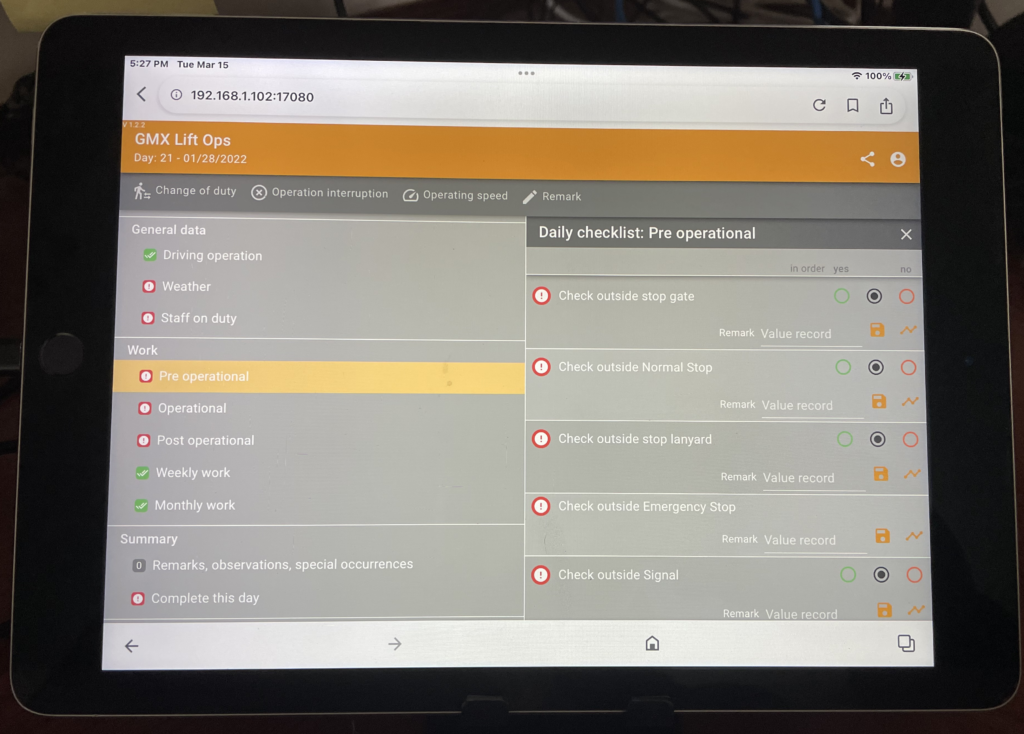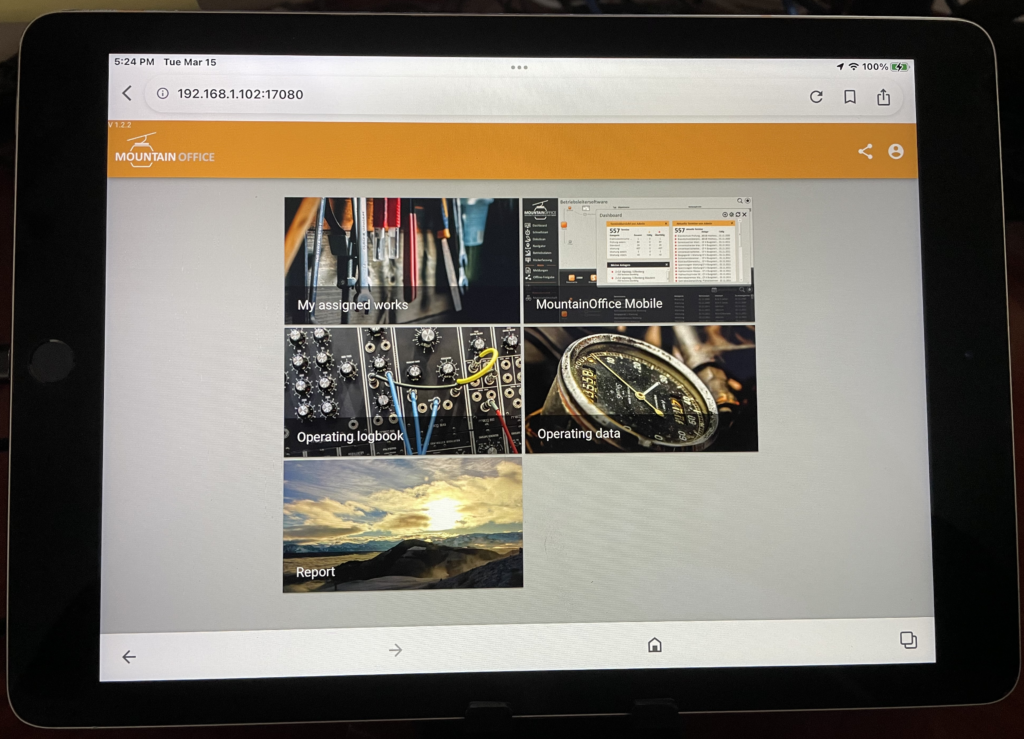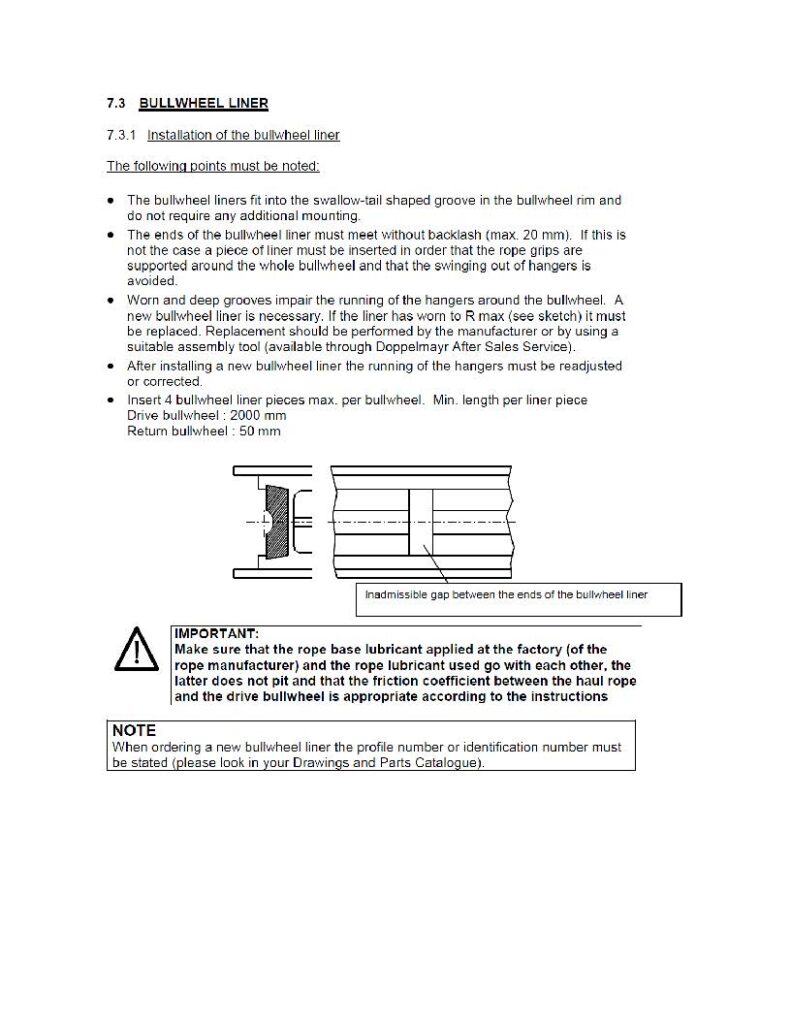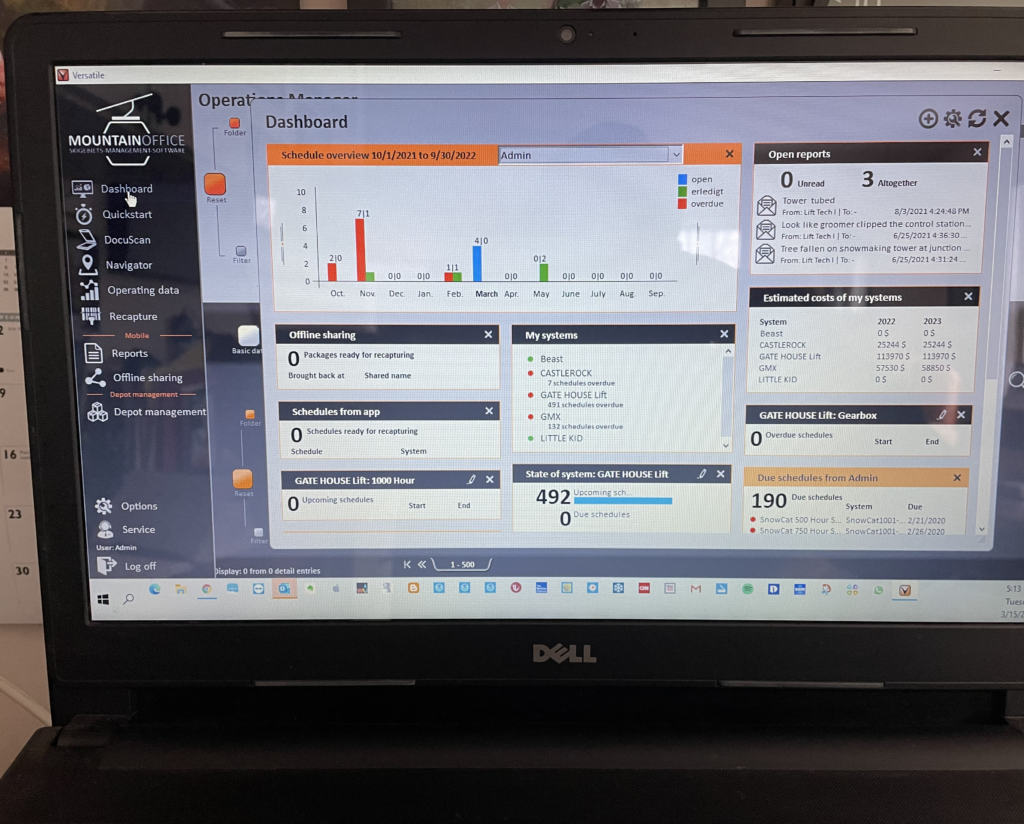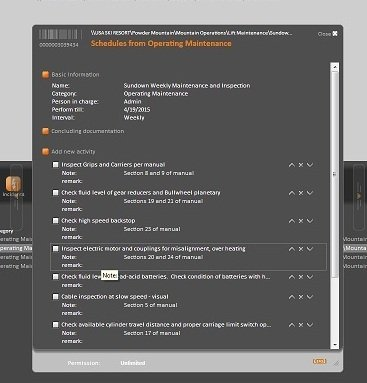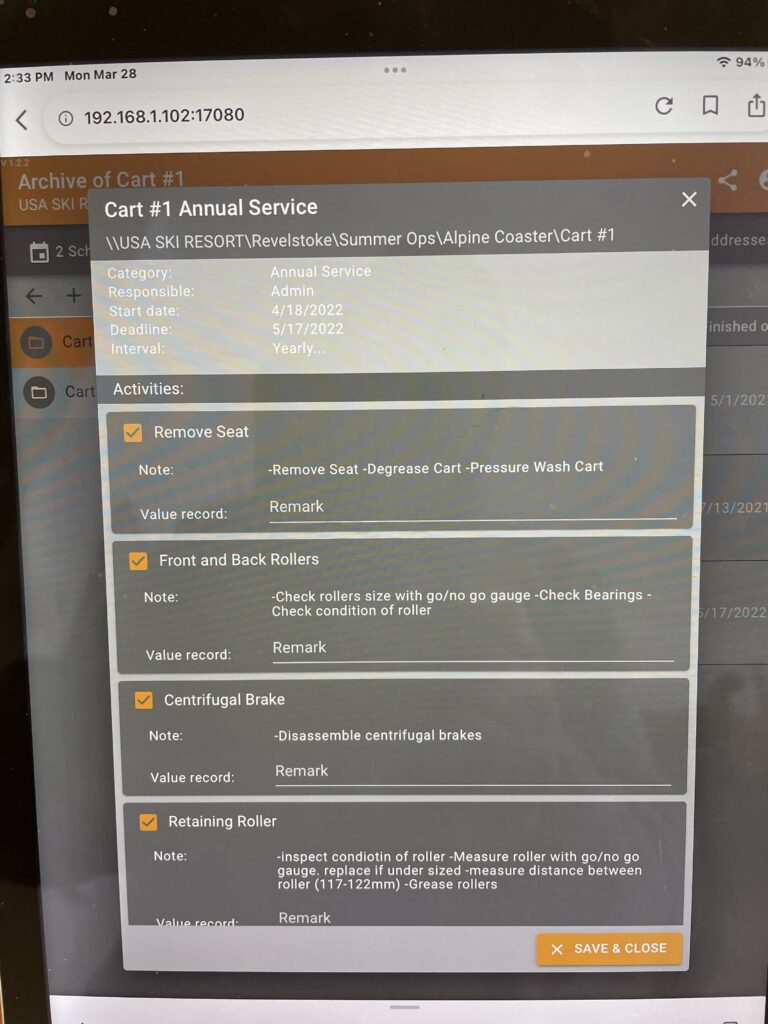The times require creativity
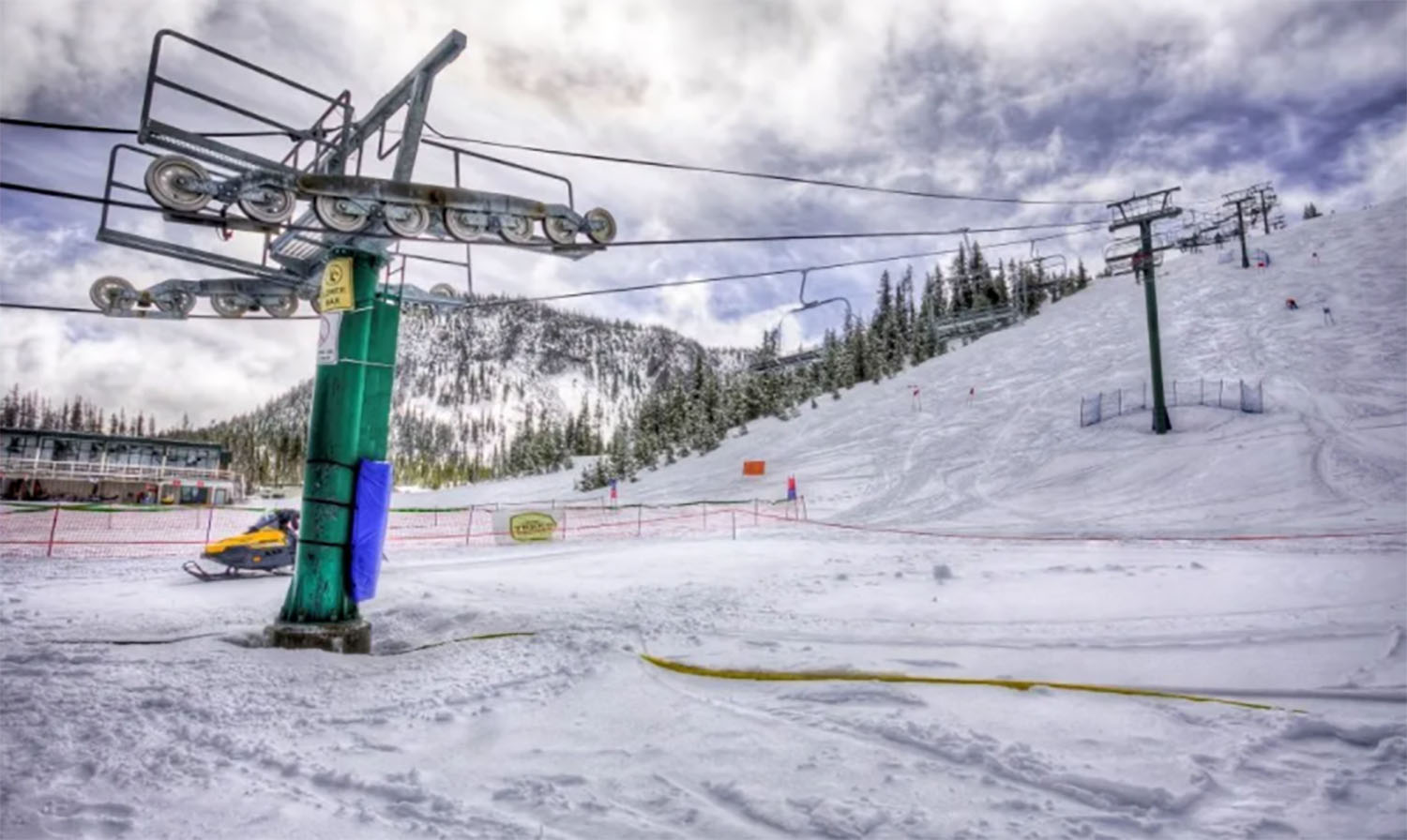
As more bullwheels begin to turn, many ski areas are still struggling to fill their seasonal staffing needs. From a mountain operations perspective, this can mean a strain on lift operations, snowmaking, and grooming. Not an easy challenge to solve. I’ll leave the recruiting solutions to the HR pros. Regrettably, it may come to; How do we operate with fewer people?
There are steps often suggested by management consultants. Let’s take a look and see if they have any application to the ski area situation.
1. Manage Effectively
An effective manager will support, guide, and coach. Determine (translation: ask them) what your staff needs to maintain peak performance and provide it.
In my opinion asking your lifties, groomers, and snowmakers is the most important step you can take. Getting their input on what can assist them in doing the work. They may surprise you. Also, being as smart as you can in how you lay out the work can help. Managing effectively won’t put more snowmakers on the hill, more groomer operators in the groomer seats, or lifties at lifts, but it will enable you to meet your needs.
2. Cross Train
The more versatile each employee is, the more options you have for getting things done. In addition, employees will understand what the next guy down the line has to do and will keep that in mind when they complete their task. This will not only make it easier for the next guy, it will also improve the efficiency of your processes.
I am not sure the explanation here is fully relevant to the ski area issue, but there is an opportunity to ease some pressure in certain areas by cross training. There are times when some departments have lulls or down time, they might be able to help alleviate some stress at certain times. Many areas have patrol help lift ops shovel after a dump, and lift maintenance can help with breaks and lunches for lift ops.
3. Improve Communication
Train your team on how to communicate more effectively (listen more than you speak, be empathetic, etc). These techniques will shorten the time to communicate, improve comprehension of those involved, and help avoid misunderstandings.
No brainier – keeping everyone on the same page is critical in a short-staffed situation. If all are informed and know the expectations, you have a better chance for success.
4. Use Technology
Implement software and hardware that will streamline tasks, reduce costs, or upgrade performance. Too often, we tend to stick with what we have for too long. Make a point to stay abreast of developments in any technology that touches your business.
Not sure this applies to as much to lift operations, but it applies to snowmaking and grooming. Unfortunately, technology solutions in these areas are expensive and can’t help you this upcoming season. Automating snowmaking has proven itself in Europe, where it was installed because of staffing shortages. Groomers can be outfitted with mapping technology, which can make the process much more efficient allowing each machine to cover more acreage.
Many ski areas have gone to RFID utilizing gates, significantly reducing the need for ticket checkers. The use of chair loading conveyors and as some other lift features are widely used in Europe to cut down on staffing.
5. Outsource
Use third party vendors to offload specific tasks or even complete job descriptions. From a Virtual Assistant to a Virtual Sales Force, outsourcing can expand your capabilities while reducing your costs.
Most of you are doing this through the utilization of foreign students on J-1 visas and other visa programs. These are very helpful, but their future in the current political climate is somewhat uncertain.
6. Stay Focused
Give the right things the right amount of attention. Train your staff to understand the difference between urgent and important. Finishing the report before the meeting is important. Answering the phone every time it rings is not.
No brainier.
7. Team Effort
When making decisions include your employees’ input whenever possible. At a minimum, they must be included in any decision that will affect their job. This will empower your employees, encourage further input on additional aspects of your business, and establish a stronger bond between them and your company.
The more input the better, this goes back to number 1, managing effectively. This is where the need for attendance needs to be stressed, an absence effects everyone.
8. Establish Goals
Create short term and long-term goals for all aspects of your business. Take care to include your staff in the development of these goals to encourage a personal commitment from each employee.
This relates to Team Effort and Communication. If everyone contributes, the load is fully shared, which I think is critical in a short-staffed situation. At the start of the season having these goals shared repeatedly brings the team closer together. This is another place where the importance of attendance has to be made.
9. Create a Plan of Action
Your team will need a road-map to implement processes and obtain goals. It will keep everyone on track, clarify duties, and streamline procedures. And as they say, it’s not a plan unless it’s written down. Therefore, ensure every plan of action is documented.
Can’t stress this enough as a part of the process, and without this step even if all the rest are done the program will most likely fail. Making the document is how you memorialize the commitment, not just you but the full team.
10. Stay Motivated
When times get tight, people get stressed. Keep the environment positive, eliminate unprofessional, disrespectful, and abrasive behavior. Instead, celebrate accomplishments and focus on what’s going right. Above all else, promote an enjoyable atmosphere.
Engage your staff, have empathy, recognize the staff’s work, and be as positive as you can be. As lift ops manager take some shifts, as snowmaking manager be on the hill and as grooming manager you need to fill a seat and keep the chatter upbeat.
Increasing productivity with reduced staff may seem like a daunting task. However, by implementing the techniques above, you will not only increase productivity, you will also create an environment in which any employee would want to work.
